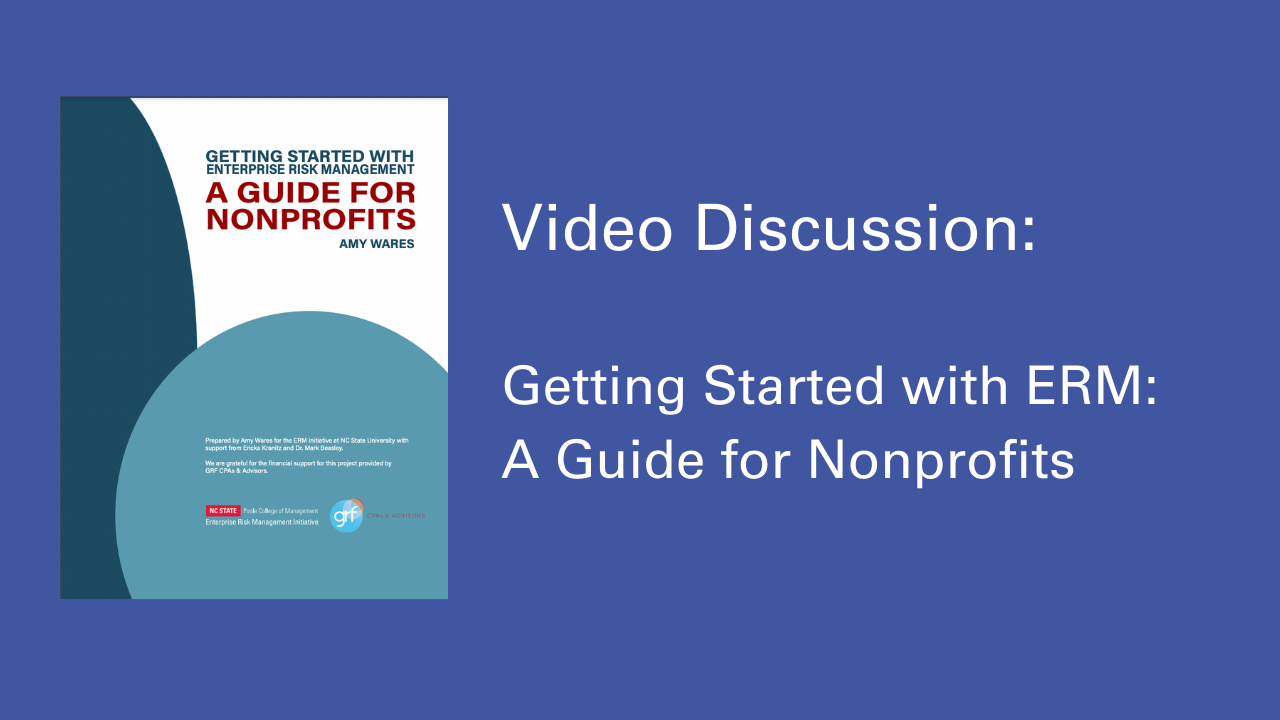Jan 24, 2020
Predictive Risk Intelligence Strategies
Predictive Risk Intelligence, or PRI, is the future of risk management. The article, published by Deloitte, introduces the concept, explains monitoring methods and provides examples as to how advanced analytics can help organizations prepare for emerging risks by leveraging both internal and external data sources. This concept can provide value in many ways such as reducing manual intervention and the potential for human error and helping companies predict risk before the loss event occurs.


